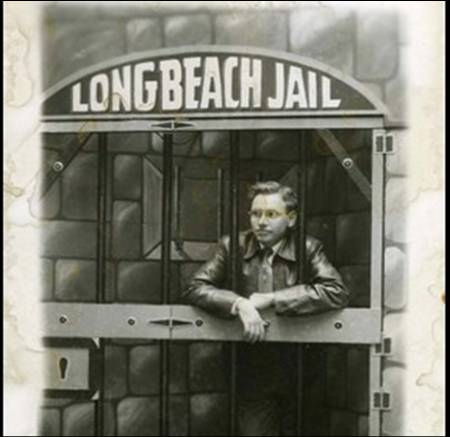Continuation in a series on portfolio management and the Buffett Partnership Letters, please see our previous articles for more details. Topics covered include: Benchmark, Hurdle Rate, Expected Return, Volatility, & Team Management.
Benchmark, Hurdle Rate
“At plus 14% versus plus 10% for the Dow, this six months has been a less satisfactory period than the first half of 1962 when we were minus 7.5% versus minus 21.7% for the Dow.”
“If we had been down 20% and the Dow had been down 30%, this letter would still have begun “1963 was a good year.”
“Our partnership’s fundamental reason for existence is to compound funds at a better-than-average rate with less exposure to long-term loss of capital than the above investment [benchmarks]. We certainly cannot represent that we will achieve this goal. We can and do say that if we don’t achieve this goal over any reasonable period, excluding an extensive speculative boom, we will cease operation.”
“A ten percentage point advantage would be a very satisfactory accomplishment and even a much more modest edge would produce impressive gains…This view (as it has to be guesswork – informed or otherwise) carries with it the corollary that we much expect prolonged periods of much narrower margins over the Dow as well as at least occasional years when our record will be inferior…to the Dow.”
Buffett’s performance goal was relative (10% annual above the Dow), not absolute return. He once again makes a statement about ceasing operation if he doesn’t achieve this goal – the man was determined to add value, not content leaching fees.
But a question continues to tickle my brain:
Why 10% above the Dow? Why not 5% or 15.7%? What is significant about this 10% figure (other than an incredibly ambitious goal)? Buffett plays coy claiming “guesswork – informed or otherwise,” but we know that Buffett was not the random-number-generating-type.
Expected Return, Volatility
“We consider all three of our categories to be good businesses on a long-term basis, although their short-term price behavior characteristics differ substantially in various types of markets.”
“Our three investment categories are not differentiated by their expected profitability over an extended period of time. We are hopeful that they will each, over a ten or fifteen year period, produce something like the ten percentage point margin over the Dow that is our goal. However, in a given year they will have violently differentiated behavior characteristics, depending primarily on the type of year it turns out t be for the stock market generally.”
As we have discussed in the past, Buffett was extremely conscious of the expected return and expected volatility (in a number of different scenarios) of his portfolio positions. For more commentary on this, please see our previous articles on expected return and volatility.
Buffett is “hopeful” that the investments he selects “will each, over a ten or fifteen year period, produce something like the percentage point margin over the Dow that is our goal.”
But how does he determine which investment fits this criteria during the initial diligence process prior to purchase – especially since the Dow itself is perpetually fluctuating?
Team Management
“…the Dempster story in the annual letter, perhaps climaxed by some lyrical burst such as ‘Ode to Harry Bottle.’ While we always had a build-in profit in Dempster because of our bargain purchase price, Harry accounted for several extra serves of dessert by his extraordinary job.”
“Beth and Donna have kept an increasing work load flowing in an excellent manner. During December and January, I am sure they wish they had found employment elsewhere, but they always manage to keep a mountain of work ship-shape…Peat, Marwick, Mitchell has done their usual excellent job of meeting a tough timetable.”
Praise – lay it on thick. The tool of appreciation can perhaps reach the uncharted corners of loyalty in your employees’ hearts where compensation had previously failed.


